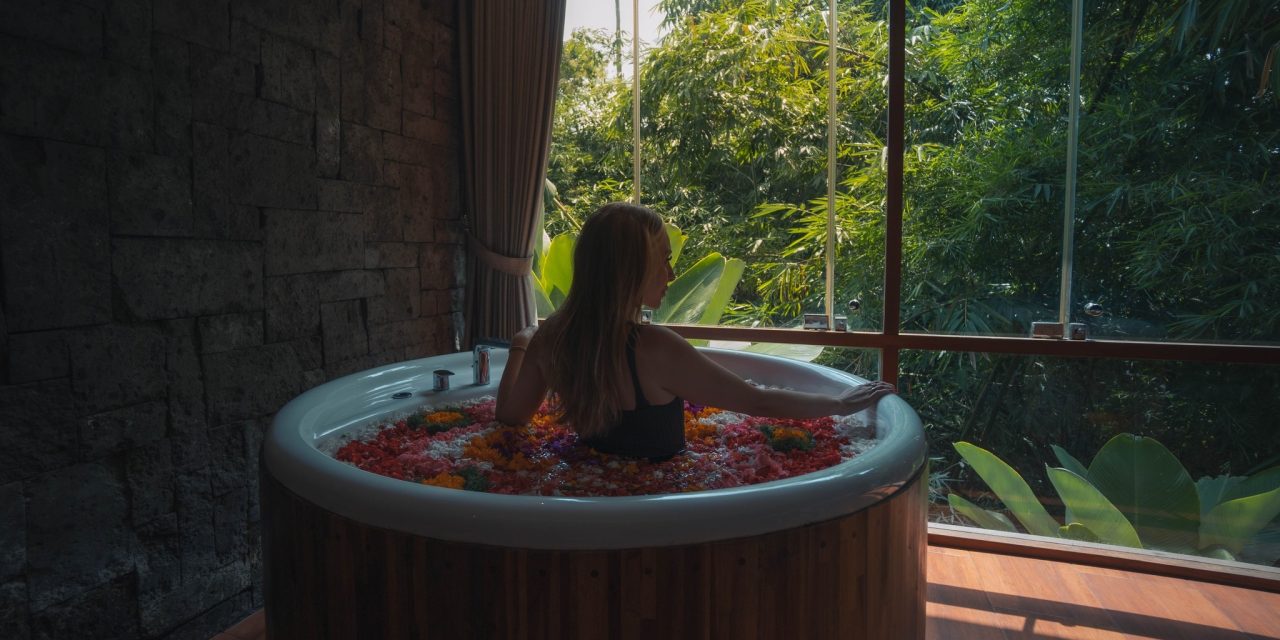Bali, often referred to as the Island of the Gods, is a magical place where vibrant culture and spirituality intermingle seamlessly. One of the most captivating aspects of Bali is its plethora of temples, or pura, as they are known in the local tongue. These temples are not just stunning architectural feats; they are the epicenters of Hindu rituals that sustain the spiritual fabric of the island. In this article, I’ll share some personal experiences and insights into the role these temples play in Hindu rituals, and I hope you’ll find them as fascinating as I have.
The Spiritual Atmosphere
When I first set foot in Bali, the air felt charged with spiritual energy. It was early morning, and the soft glow of dawn illuminated the lush greenery surrounding Pura Besakih, the Mother Temple of Bali. The serenity was palpable, and I felt an immediate connection to the sacredness of the land. As I wandered through the temple grounds, I recalled how Hinduism emphasizes the importance of place in its rituals. Each temple serves as a location where the divine can interact with the everyday world.
A Temple for Every Occasion
One of the most striking aspects of Bali’s temples is that there seems to be a temple for every occasion. A week after my arrival, I attended a ceremony at Pura Luhur Uluwatu, perched high on a cliff overlooking the ocean. The locals performed offerings while chanting mantras, and the scent of incense wafted through the air. It was here that I learned about the Balinese concept of Tri Hita Karana, which emphasizes harmony among God, nature, and fellow beings. Each ritual in the temple reflects this belief, reinforcing community bonds and socially responsible behaviors.
Rituals and Offerings
Now, let’s dive into rituals. The Balinese are rich in tradition, and the rituals performed in their temples are steeped in meaning. I remember joining a local family as they prepared for a huge temple festival, Galungan. It was a whirlwind of activity—bamboo poles adorned with colorful offerings swayed in the breeze, and the air buzzed with excitement.
The rituals serve several purposes: they offer thanks to the gods, seek blessings for the community, and maintain the balance between the spiritual and physical worlds. For instance, during Galungan, families create intricate offerings to honor their ancestors and the gods. Watching a family meticulously prepare their offerings filled me with a sense of respect for the depth of their traditions.
Personal Experience with Offerings
I decided to try my hand at making an offering—a small basket made from palm leaves filled with flowers, rice, and incense. As I knelt beside a local woman who guided me through the process, I felt an immense sense of peace wash over me. She explained the significance of each item I placed in the offering. The flowers represented beauty; the rice symbolized sustenance; and the incense was a way to connect with the divine. It was a humbling experience, realizing that these small acts carry profound meanings and contribute to a larger spiritual ecosystem.
Unique Insights into Temple Architecture
Visiting Bali’s temples, I couldn’t help but marvel at the intricate architecture that encompasses rich symbolism. For example, at Pura Tanah Lot, the temple’s location on a rocky outcrop makes it a stunning sight at sunset. This temple is dedicated to the sea gods, and its architecture signifies a connection to water, which is essential in Balinese Hindu beliefs.
I learned that each aspect of the temple’s design has a purpose. The entrance is often adorned with elaborate carvings that tell stories from the Hindu epics. Walking through the gates of a temple, every stone seems to whisper ancient tales. The orientation of the temples and the layout of their structures follow specific spiritual guidelines, with the designs intended to create an energy flow that enhances meditation and prayer.
Engaging in Rituals Personally
During my stay, I was fortunate enough to be invited to participate in a purification ritual at Pura Tirta Empul. The experience was profound. As I submerged myself in the spring water, I felt cleansed not only physically but also spiritually. The ritual of melukat or purification, is performed here to wash away negative energies and is a fundamental part of daily life for many Balinese.
Practical Advice for Visitors
If you’re planning to visit Bali and wish to experience these incredible rituals, here are some tips to keep in mind:
1. Dress Appropriately: Always wear a sarong and a sash when entering temples. Many places offer these for rent or purchase, but you can also find beautiful ones in local markets.
2. Observe Etiquette: Be respectful during ceremonies. It’s best to watch quietly rather than intrude. Photography may be restricted during certain rituals, so always ask first.
3. Engage with Locals: Don’t hesitate to strike up a conversation with Balinese people. They appreciate when visitors show genuine interest in their culture and rituals.
4. Participate in Offerings: If you’re lucky enough to be invited to help with preparations for a ceremony, take the opportunity! It’s a deeply rewarding experience that you won’t find in any guidebook.
5. Visit Lesser-Known Temples: While iconic sites are worth visiting, exploring smaller, off-the-beaten-path temples can offer more intimate experiences.
Conclusion
Bali’s temples are more than stunning structures; they are the heart of a community that thrives on spirituality and tradition. Each visit offers a glimpse into the profound significance of Hindu rituals that connect the physical and spiritual realms. My experiences, filled with personal stories and communal ties, serve as a reminder that temples in Bali are living entities, breathing life into rituals that date back centuries.So whether you’re a spiritual seeker or simply someone looking to explore an enchanting culture, the temples of Bali offer an unparalleled experience that will resonate long after you leave. As you walk among the sacred spaces, you too may find a piece of that divine connection that makes Bali so special.






